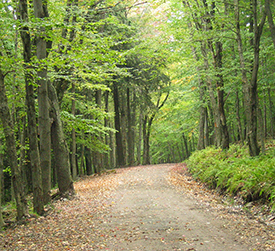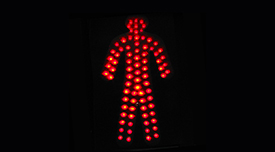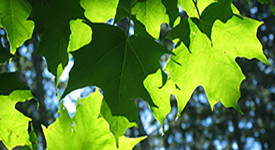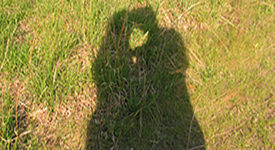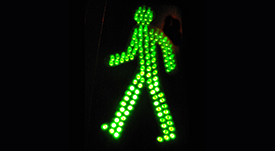
Being Free
The quest for freedom is a basic longing. Finding ways to remain centered and response and release the impulse to fight or to flee are transformative.
The Eightfold Path to Release
Relaxing, we might assume, ought to be the easiest task we undertake in Taijiquan practice. However, it turns out to be one of the most difficult. Frequently, the more we try to relax, the tenser we become. The true, dynamic relaxation required for Taiji is a precise balance between tension and collapse, between fight and flight, between advance and retreat. Finding and maintaining that balance requires much careful practice.
The following meditation came from the observation of the process of relaxation. The practice of standing involves periods of stillness. In the stillness excess tension becomes obvious and often painful. Properly done, the postures may allow the unnecessary tensions to subside. As those tensions release, movement results.
While practicing Taijiquan, movement slows down. It is possible to slow to a much greater degree thus making it more possible to become aware of the musculo-skeletal nuances as the body changes position. The discovery of what transpires between the stillness of standing and the ultra-slow movement of release led to observing the eight different stages that transpire when tension lets go of its unconscious grip.
1. STOP
To proceed, the first and most essential step is the cessation of all outward physical activity. Cease all body movements and manipulations. Cease all shifting and adjusting. Provide a state of physical quiet. The importance of this cannot be over emphasized. All other steps stem from stillness. Once outer activity ceases:
2. LISTEN
Perk up your sensory “ears.” Emerging into the stillness of “Stop,” objective observation becomes possible. As the body ceases its incessant "talking," listen to the shouts of tension. Formerly unheard by the conscious mind, they are now audible. As areas of tension localize:
3. HEAR
Listen to the voices of sensation in the body. The tensions are speaking. Register their subtle messages. In the distance, they shout out their existence. Listen. They recount the history of the body. To follow them, remain quiet and still. As the blocks of tension become specific:
4. RECOGNIZE
Undifferentiated noise becomes familiar. The cacophony of sensations subsides. One by one localized tensions differentiate, revealing themselves undisguised. Behold them. They tell the story of your life. Remember. Awareness is the most important key. With that:
5. ACKNOWLEDGE
Just as living creatures crave attention, tensions want their existence acknowledged. “I see you. I feel you. I hear you.” Like a child who wants to be watched, the body responds favorably to being seen. Tensions scream. They beg to be noticed. Give them attention. Then they will quiet. As the tensions calm:
6. ACCEPT
Remove any judgment. Accept every tension. Allow compassion for self and unconditional love to arise. Remove the burdens to perfect, to accomplish, to succeed. Accept reality as it is, in this moment in time, without the onus of judgment. Change nothing. Then:
7. EMBRACE
Wrap around the observed tension, envelop it, become one with it. Embrace marks the end of duality. Integrate the disparate parts into a whole. End the separation between self and sensation. In this state of unity, of oneness:
8. RELEASE
Let go. Just let the tension go. Give over to gravity, for gravity is in charge of relaxation. Enjoy the most fundamental, natural release with a fully exhaled sigh. Whatever it is, wherever it is, just let it go, without judgment. However much you are able to release is enough. Take as much release as the body gives. Require nothing. With the exhalation tension breaks up and movement commences anew. At the next perceptible tension, allow the body to come to: Stop. Begin again.
